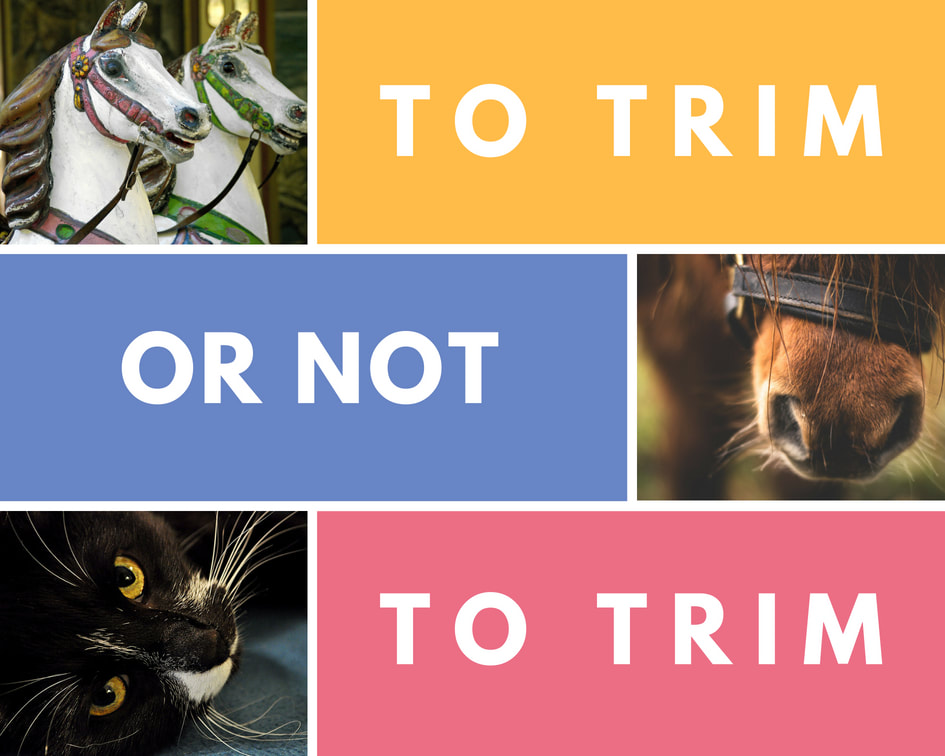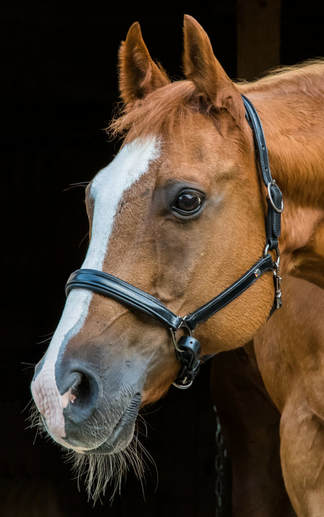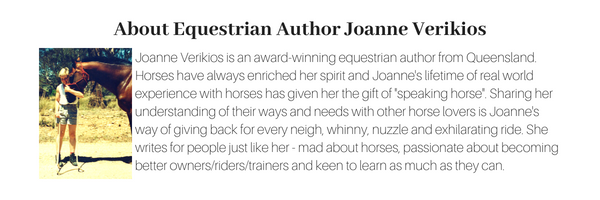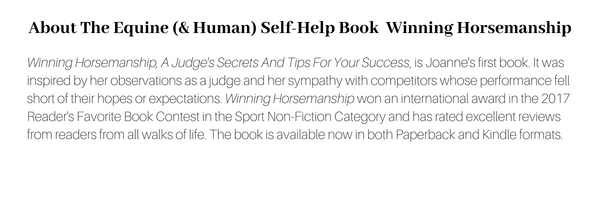... The above is an excerpt from my book Winning Horsemanship. A Judge's Secrets and Tips for Your Success. And yes, I admit I have shaved the whiskers on my horse's muzzle in years gone by. That was before I knew better. I would not do it now, any more than I would cut a cat's or dog's whiskers! Comments are closed.
|
From a very early age I have been able to tune in to what horses and ponies were thinking and what they were likely to do next.
Archives
September 2020
Categories
All
|







 RSS Feed
RSS Feed